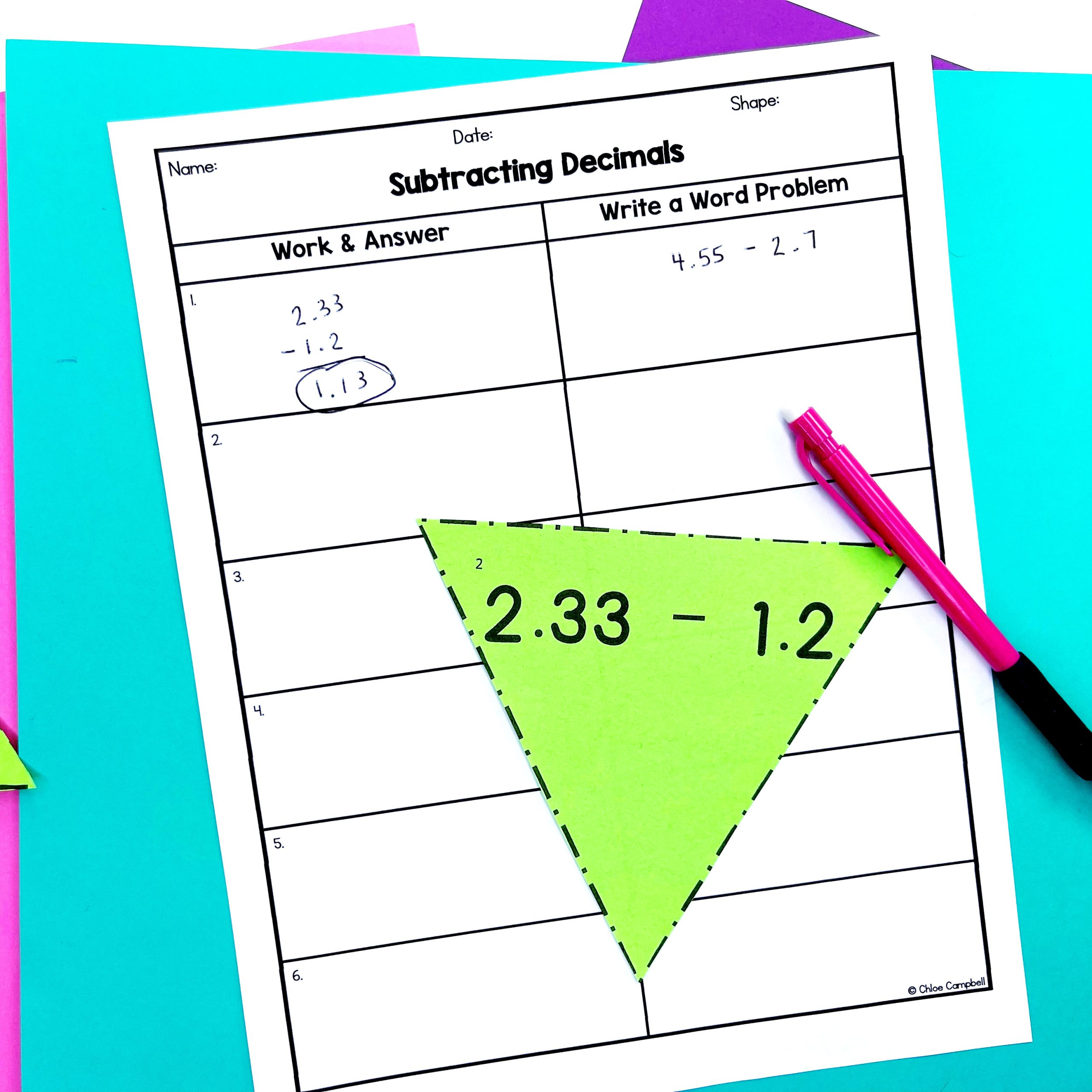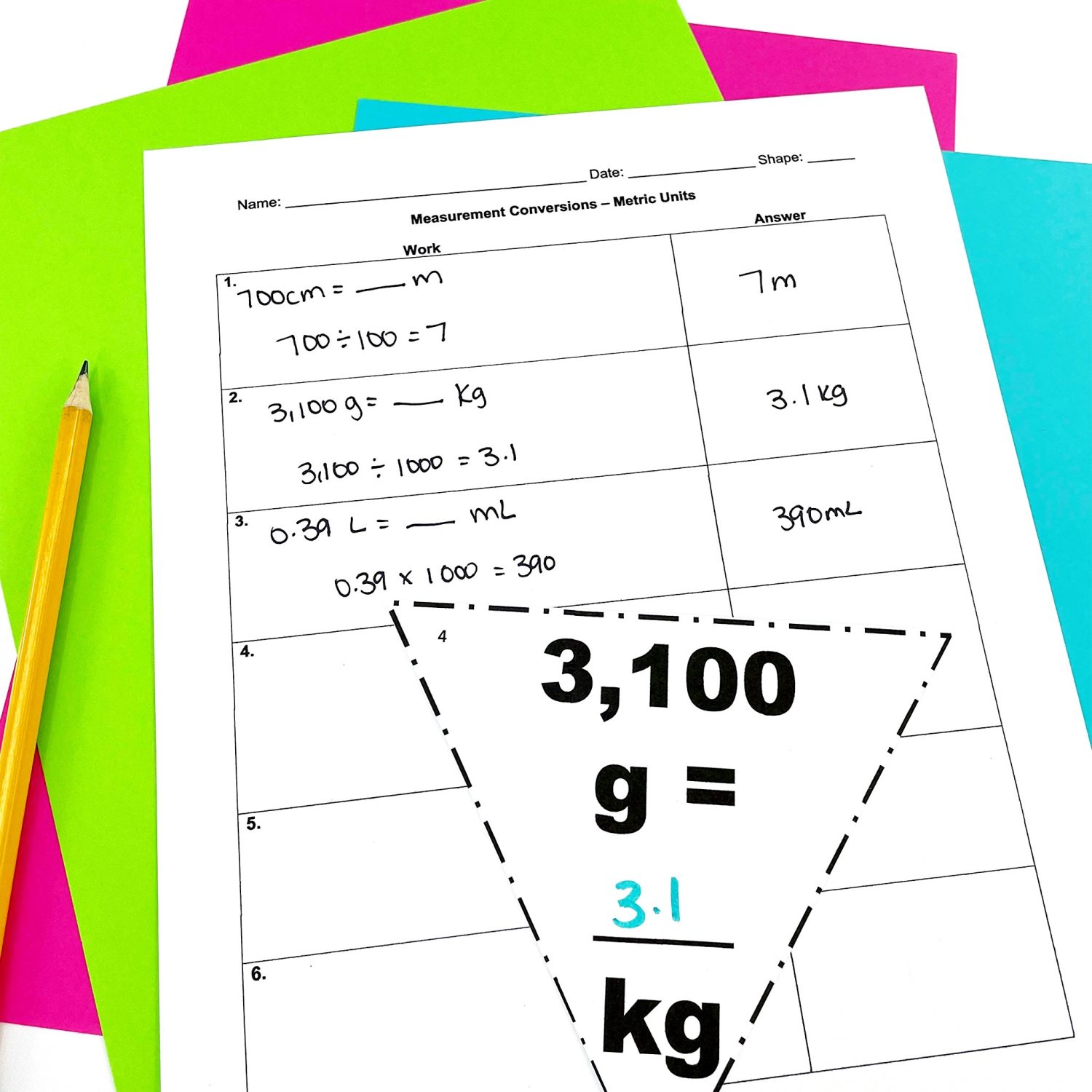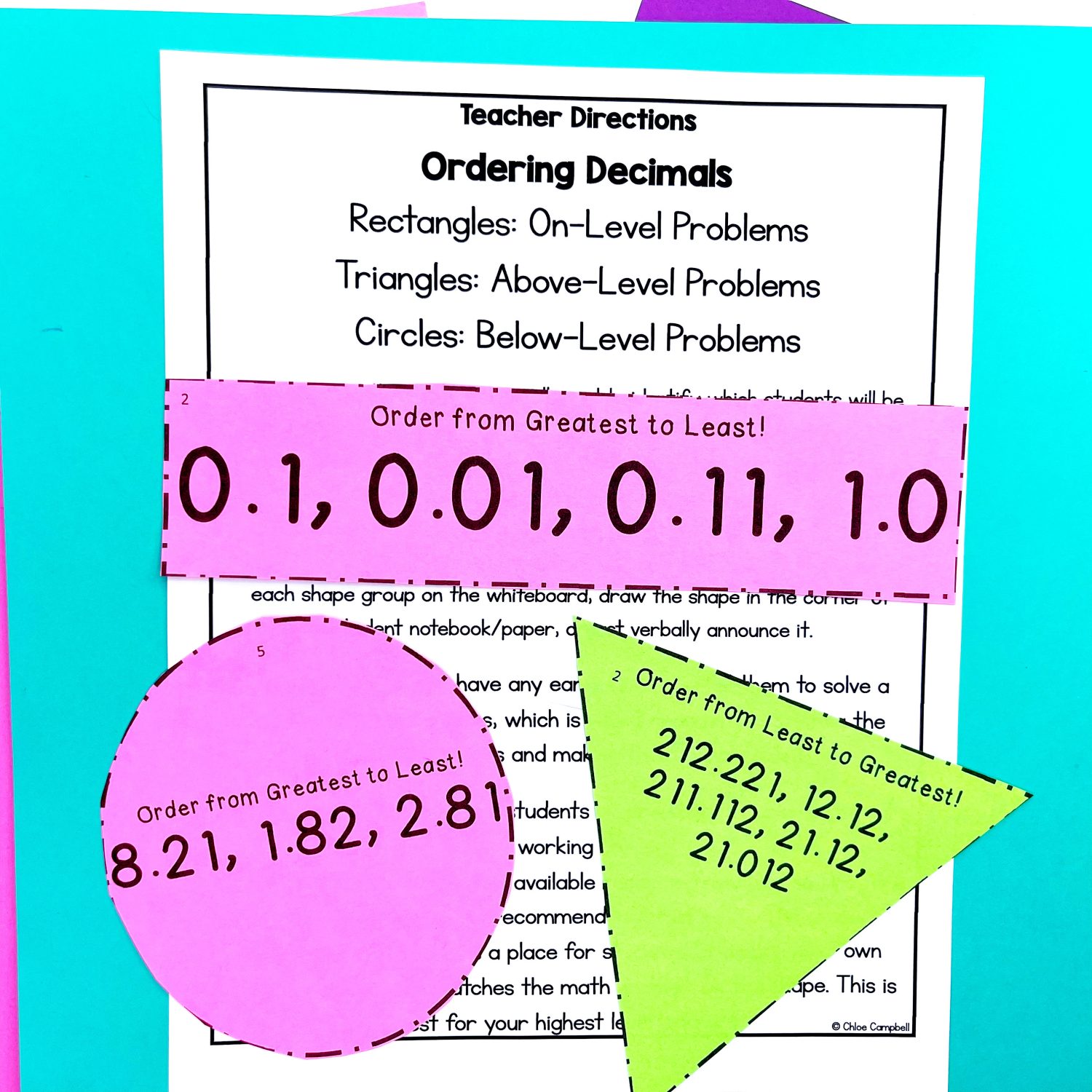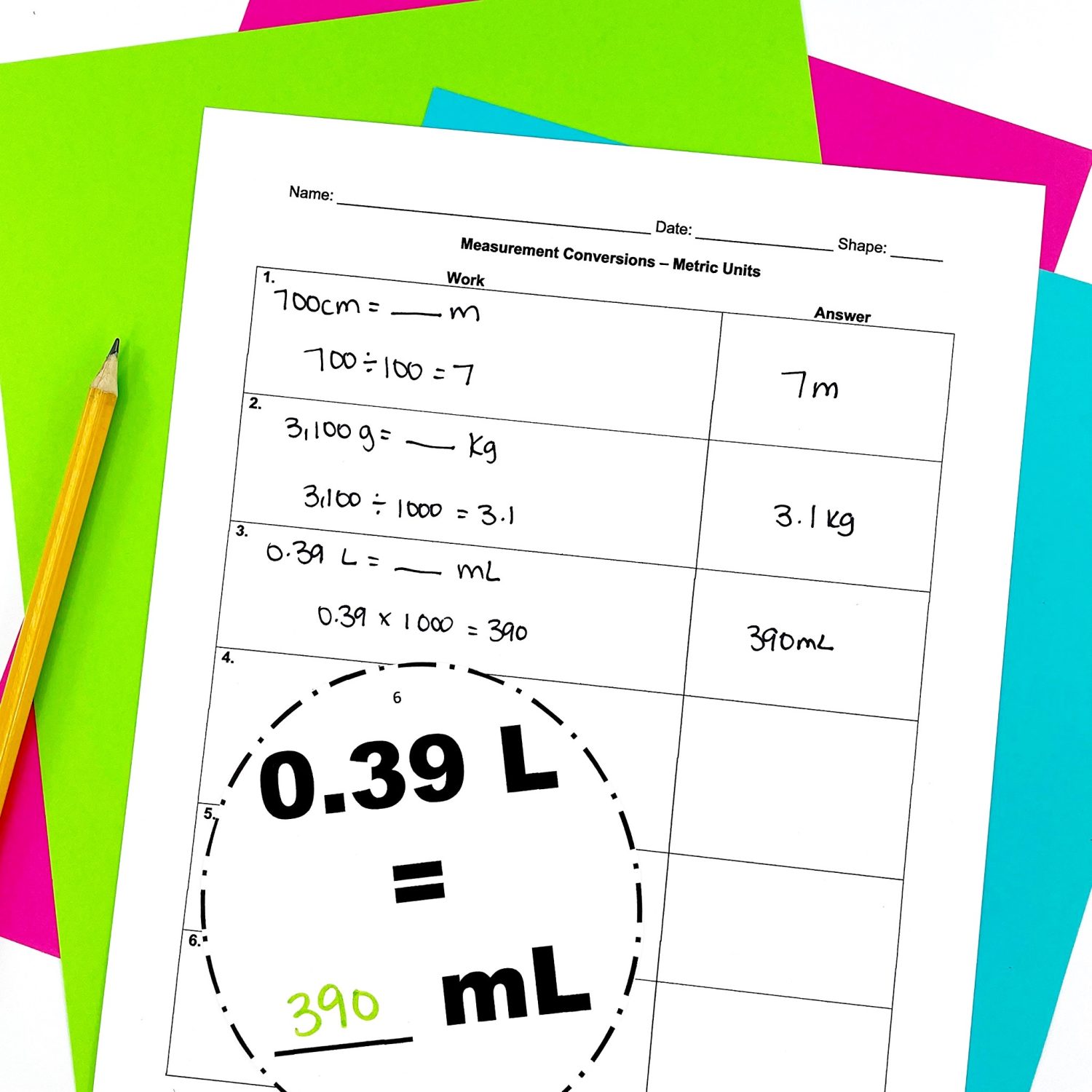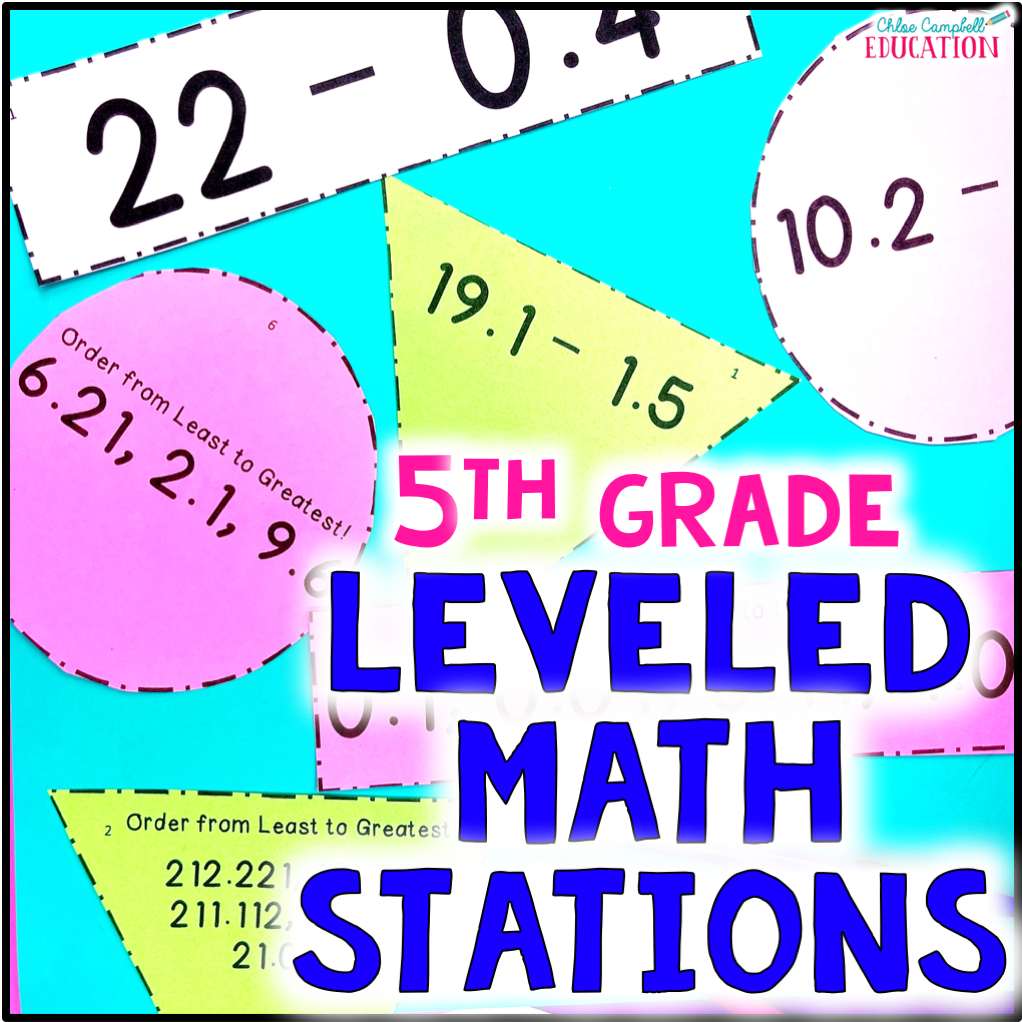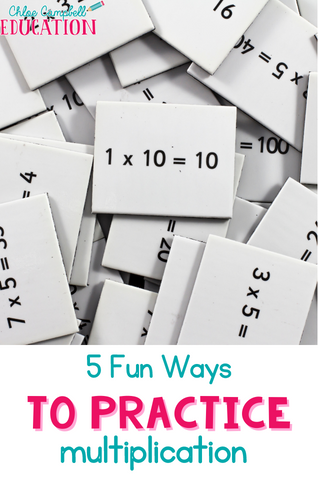Getting Started with 5th Grade Math Stations
You glance at the clock. It’s five minutes before the math block ends, and your students are still struggling through a worksheet that was supposed to reinforce their understanding of decimals. A few are whispering to each other, some are doodling in the margins, and one student has given up entirely, staring out the window. Sound familiar?
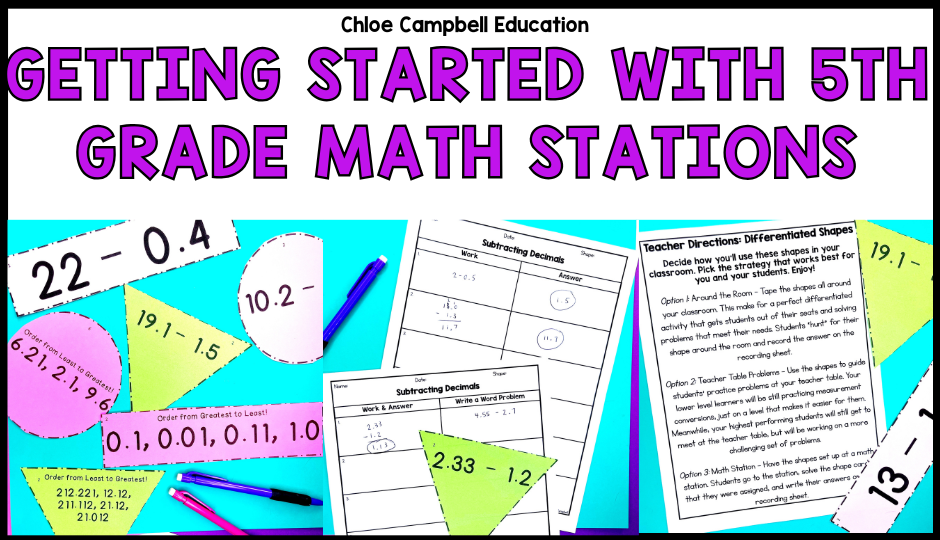
Math stations can feel overwhelming—where do you even start? How do you keep students engaged and working on meaningful tasks without it turning into chaos? The good news is, 5th grade math stations don’t have to be stressful. With the right tips and strategies, you can create an environment where students are not only learning but thriving. Let’s break it down and make math stations work for you.
The Benefits of Centers in 5th Grade
Implementing 5th grade math centers allows students to interact with content at their own pace and level, making it an effective way to teach a wide range of math skills. Here are just a few reasons to integrate centers into your classroom:
- Differentiation: Math stations let you meet students where they are by providing different levels of problems for practice, grouping students differently to meet their needs, or pulling leveled small groups during math centers.
- Active Learning: Students engage in hands-on activities, like solving word problems, instead of passively listening to instruction.
- Independent Practice: Centers encourage students to take ownership of their learning by completing tasks on their own or with minimal guidance.
- Teacher Support: While students work independently or in math groups, you can provide targeted instruction to small groups.
If you’re looking for more ideas on how to use centers effectively, check out my post on using math centers.
Tips for Getting Started with 5th Grade Math Stations
Getting started with math stations for 5th grade doesn’t have to be overwhelming. Here are eight practical tips to help you implement stations successfully:
1. Create Flexible Math Groups
Start by identifying the specific needs of your students. Use exit tickets, assessments, or observations to group students by skill level. Flexible grouping allows you to adjust as students progress throughout the year.
- Tip: Don’t make groups static. Regularly reassess to ensure students are working at their current level of understanding.
- Example: Assign below-level students to problems with scaffolding, on-level students to standard problems, and above-level students to word problems requiring critical thinking.
2. Plan for Differentiation
One of the best aspects of 5th grade math stations is the ability to differentiate. Provide different levels of problems for each topic so all students can access the material.
- Pro Tip: Use a system like shapes or colors to assign levels without labeling them as “easy” or “hard.” This keeps the focus on growth and effort rather than ability.
- For more ideas, check out math center activities to reinforce adding and subtracting fractions.
3. Establish Clear Procedures
Teach students the expectations for working in math rotations. Make sure they understand how to:
- Transition between stations.
- Complete their tasks independently.
- Use a recording sheet to show their work.
- Classroom Hack: Use visual aids or a rotation chart to help students stay on track.
4. Incorporate Consistent Formats
Using a consistent activity format helps students focus on the content rather than figuring out what to do. When stations follow a familiar structure each time, students know what to expect and can dive right into the tasks. This saves valuable instructional time and reduces the need for repeated explanations.
- Example Format:
- Station 1: Solve problems and record answers.
- Station 2: Discuss answers with a partner and compare strategies.
- Station 3: Create a matching word problem for one of the answers.
Having a predictable routine also helps students build confidence and independence. Plus, it makes planning easier for you, as the teacher, since you’re not reinventing the wheel each week.
5. Gather and Organize Supplies
To avoid last-minute chaos, prepare all materials in advance. Store game boards, task cards, and other resources in labeled bins or folders. Organization not only saves time but also ensures that students can quickly access what they need without confusion.
- Tip: Place each stack of leveled question cards in a colored envelope or folder so students know exactly which folder to open. A few minutes of prep will save so much time in front of students. Plus, it lets you think through each step of the station and ensures you have everything ready to go.
6. Monitor and Adjust
While students work through stations, observe their progress. Take note of:
- Common misconceptions.
- Which students might need additional support or enrichment.
If you notice widespread mistakes, don’t hesitate to pause the activity. Use this moment to show an example problem on the board, point out where the mistakes are happening, and provide a quick mini-lesson. Once clarified, send students back to their stations with a renewed focus.
- Action Step: Use this information to plan future lessons or adjust independent math center activities.
7. Use Recording Sheets Strategically
Recording sheets are more than just accountability tools. They remind students that stations aren’t just for fun but are designed to help them practice critical math skills. For teachers, recording sheets are a quick and effective way to assess student understanding and pinpoint areas that need further instruction.
- Challenge for High Achievers: Include a section where students write their own word problems based on the problems they solved.
By reviewing these sheets, you can see patterns in student work, address individual misunderstandings, and celebrate growth. It’s a simple but powerful way to connect independent practice with meaningful feedback.
8. Encourage Peer Collaboration
Allow students to discuss their answers and strategies during specific stations. Peer coaching helps build understanding and confidence.
- Example: If two students have different answers, they can work together to find the error or solve the problem using a new strategy.
Printable Math Stations for 5th Grade
Ready to simplify your planning and engage your students? My 5th Grade Math Leveled Math Stations Yearlong Bundle is designed to make implementing 5th grade math stations a breeze! Here’s what’s included:
- 13 Topics Covered: From decimals to fractions, measurement conversions, and more.
- Three Leveled Problem Sets: Below-level, on-level, and above-level options for differentiation.
- Recording Sheets: Options for showing work or creating matching word problems.
- Low-Prep Design: Just print, cut, and go!
Whether you’re setting up an independent math center, practicing in math groups, or planning your next math block, this bundle has you covered. It’s perfect for math center ideas, early finishers, and even substitute plans.
Save These Tips for 5th Grade Math Centers
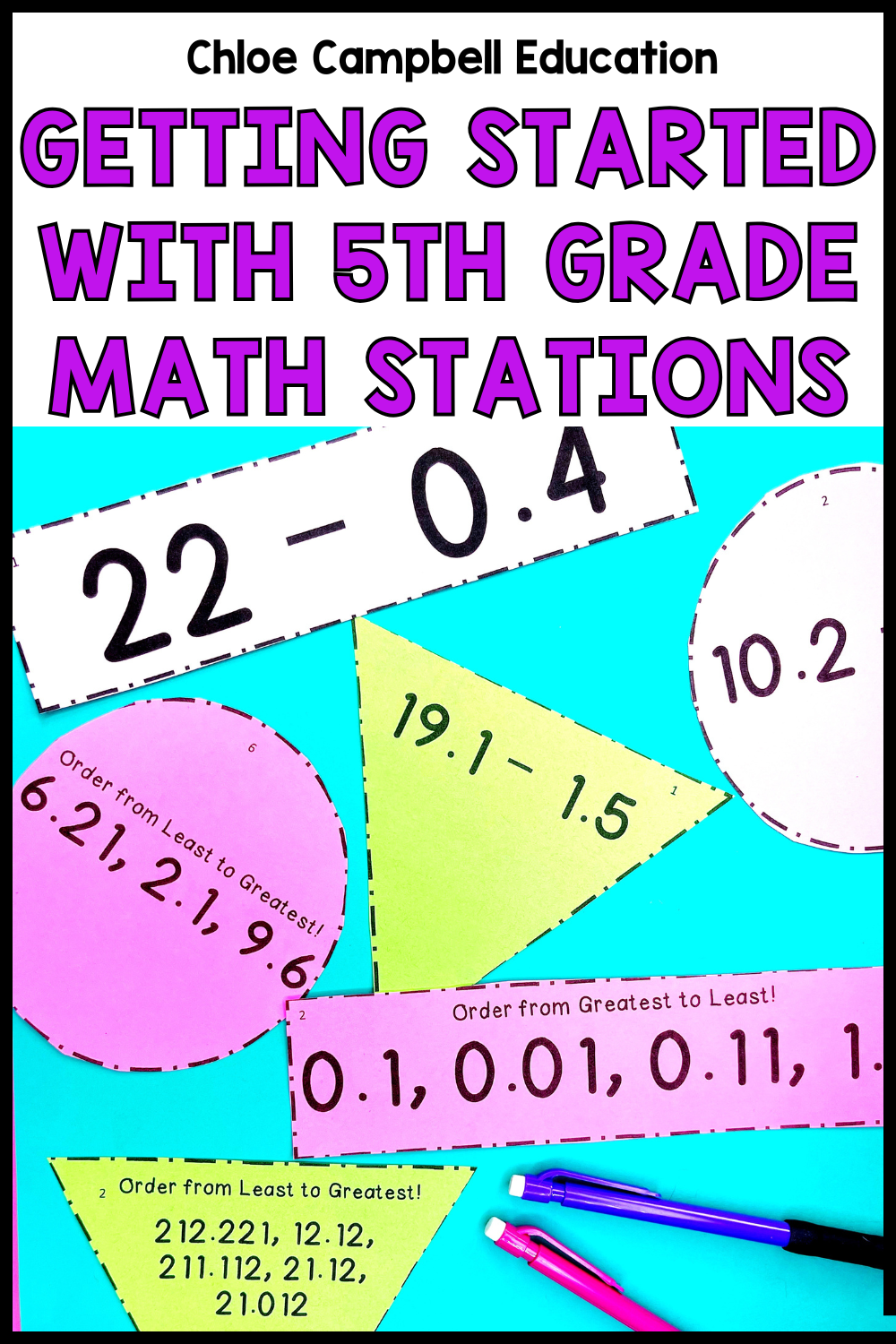
Pin this post to your favorite teaching board so you’ll always have these tips at your fingertips. Creating effective and engaging 5th grade math centers doesn’t have to be overwhelming when you have the right tools and strategies. If you’re looking for even more inspiration, check out these related posts:
- Using Math Centers
- Math Center Activities to Reinforce Adding and Subtracting Fractions
- 5th Grade Math Games for the Classroom
Let’s make math meaningful, engaging, and fun for every student!

